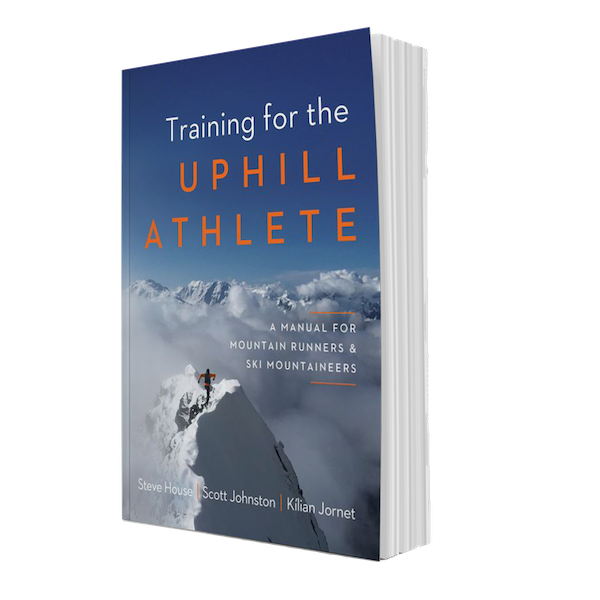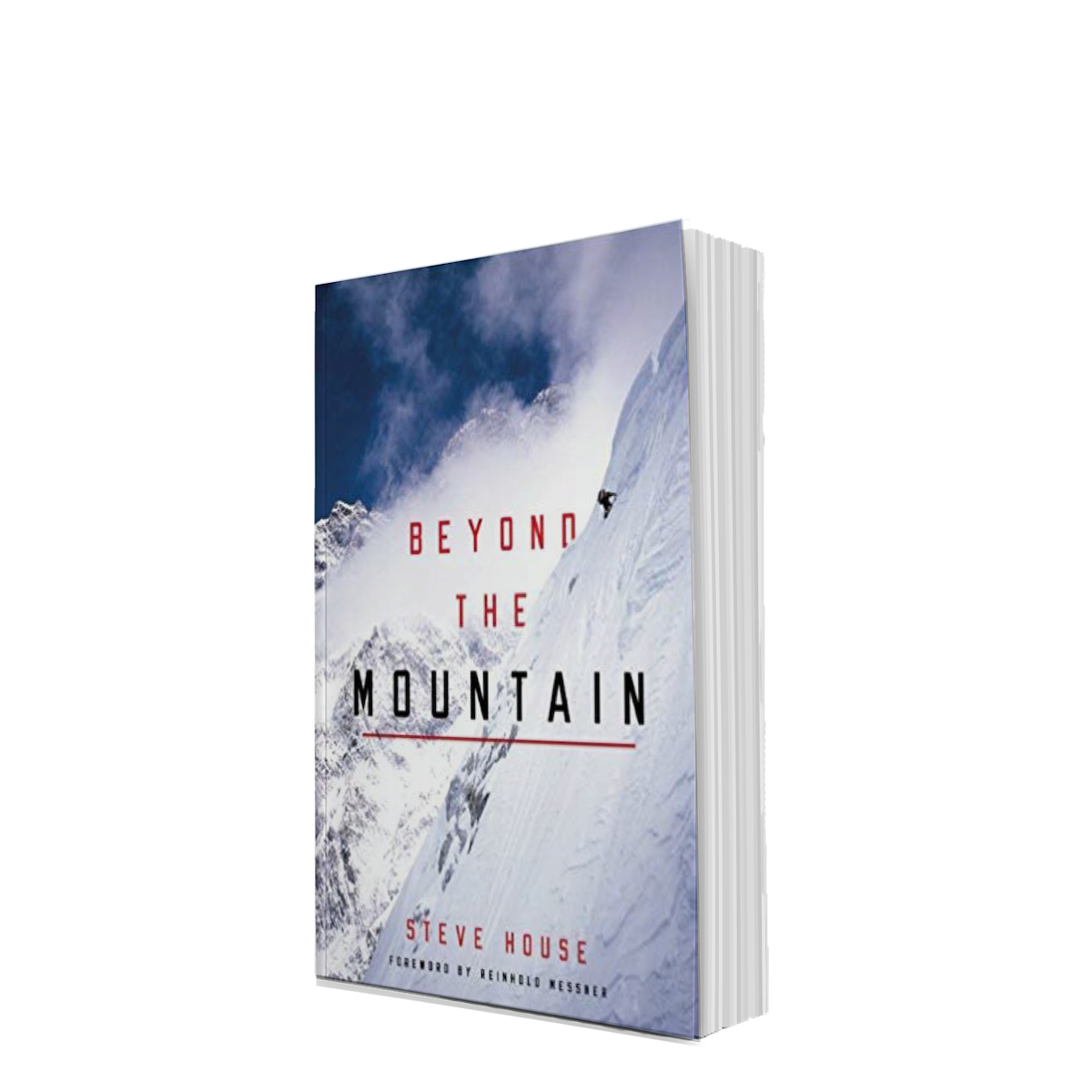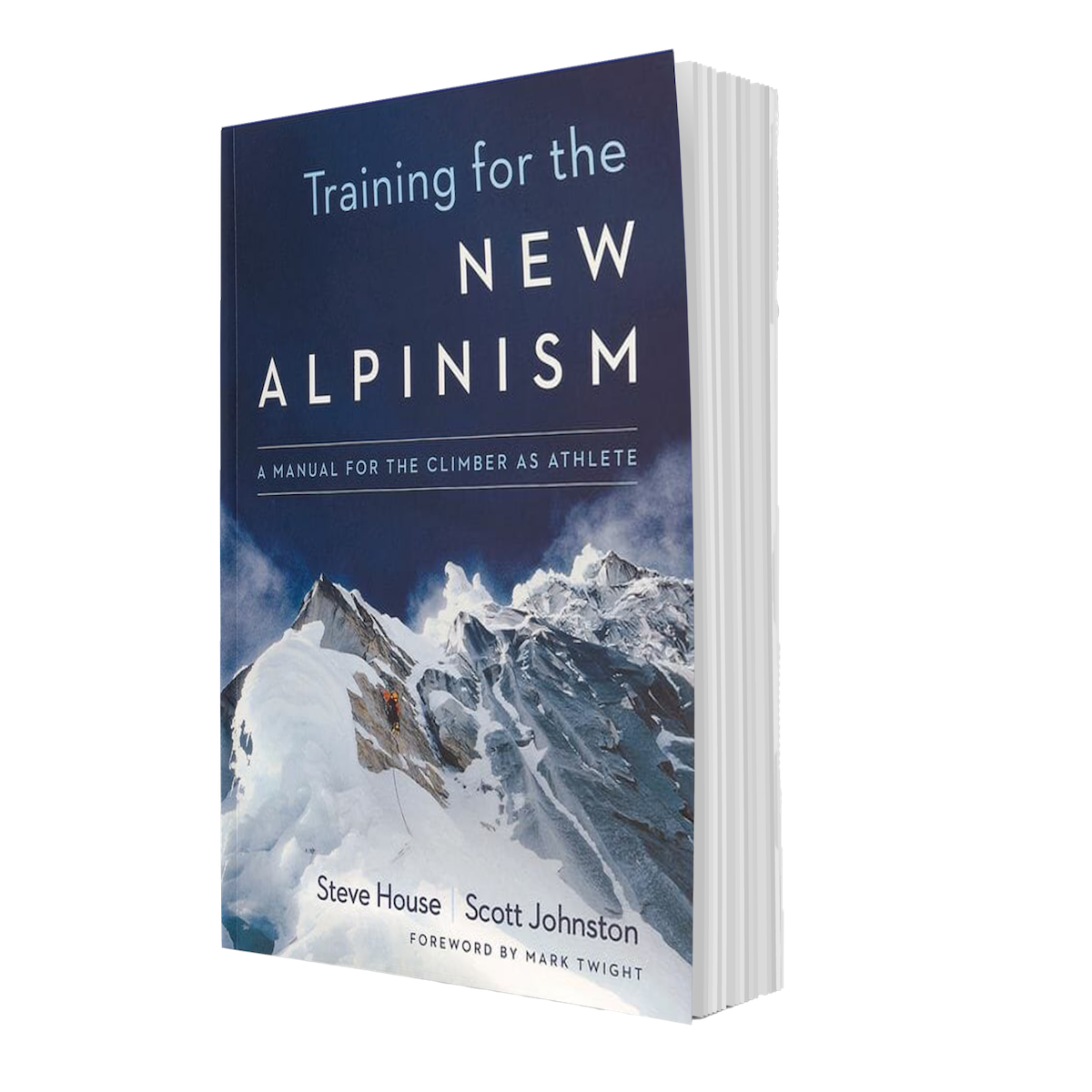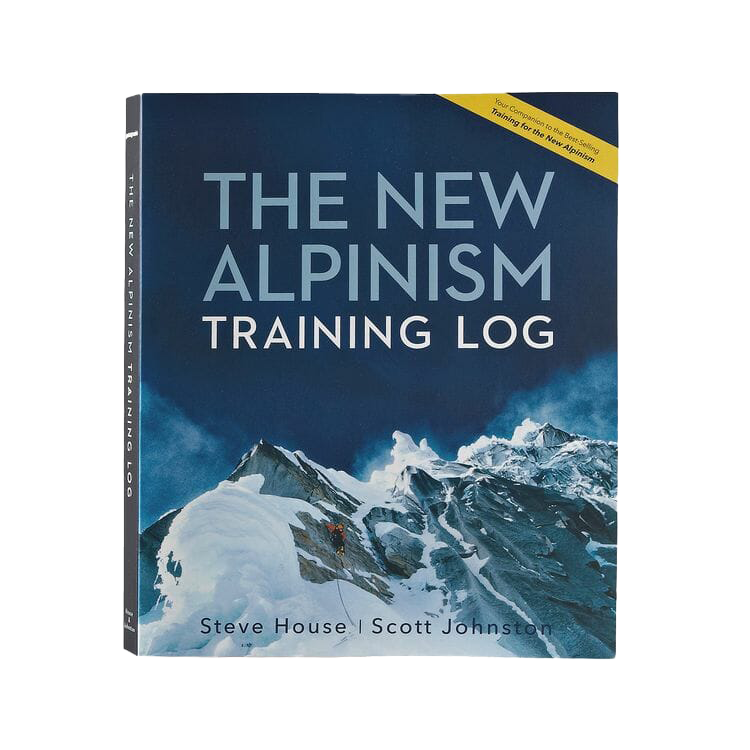We are happy to have completed another long-term project in the form of a new book, Training for the Uphill Athlete. With so many people successfully using Training for the New Alpinism for climbing and many other mountain sports, we thought we’d take a moment to share the WHY of writing this new book.
Scott Johnston: Back in 2010 when Steve proposed to me that we write down what we learned from our collaboration on Steve’s training during his climbing career, I instantly dismissed the idea. My comments, roughly in this order, were: 1) We’d be lucky to sell a thousand copies because no one cares, and 2) Climbers don’t want to train anyway. As you probably know, he convinced me to try, and initially I think we both envisioned a pamphlet stapled in one corner.
Ten years later and we’ve sold well over 50,00 copies of Training for the New Alpinism and we have earned over 150 5-star reviews from our readers on Amazon. We’ve helped many climbers rethink how they prepare for their climbs and improve not only their performance, but more importantly, their experience.
Steve House: One thing about Training for the New Alpinism that took us by surprise was the “off-label” use of our book by a wide range of athletes. This was first brought to my attention when Kilian Jornet posted a photo of that book on Instagram and Facebook with a paragraph about how well our book translated to training for ski mountaineering and mountain running. I reached out to Kilian and that began a conversation between the three of us. Eventually Kilian and I connected to try doing an enchainment in the Alps. We were mostly thwarted by very bad weather with heavy rain and snow in September. So we hung out in my van talking training, and squeezed in one quick peak before the storms renewed. The cover image from our new book, fittingly, comes from that one climb, a scramble of the South Ridge of Täschorn.
Scott: We know that training for any endurance sport needs to adhere to certain fundamental principles. We come right out and say that several times in Training for the New Alpinism. We reference that same idea in many articles on our website. We’re not inventing anything new in sport training. We’re applying conventional training knowledge within the context of mountain sports. The concept that a high aerobic capacity provides the support for every endurance event longer then 2 minutes is taken for granted in conventional endurance sports. One important thing for self-coached athletes to realize is that for very long-duration events, like mountaineering and alpinism, the aerobic base training is not only the supporting training but also the sport-specific training. That’s because those events are so long and relatively slow that they rely almost exclusively on the aerobic system’s ability to crank out a steady flow of ATP to power the muscles at low to moderate intensities for hours and even days at a time.
This gets us to the heart of one of the primary reasons we wrote Training for the Uphill Athlete. Training becomes more complicated for shorter and more intense events. I have coached several World Cup–level athletes for the cross-country ski sprint, an event that lasts only 3–5 minutes. This is similar to the skimo sprint event. And a vertical-gain skimo or running race may be as short as 25–30 minutes. Even a 50K running race will likely require several periods of sustained high output for 20–45 minutes over the course of a few hours. The energy systems for these types of events, while sharing a great deal with alpinism, also have some significant differences. For them the event-specific training that stands atop the aerobic base must be different from what a mountaineer would use if you hope to optimize performance.




